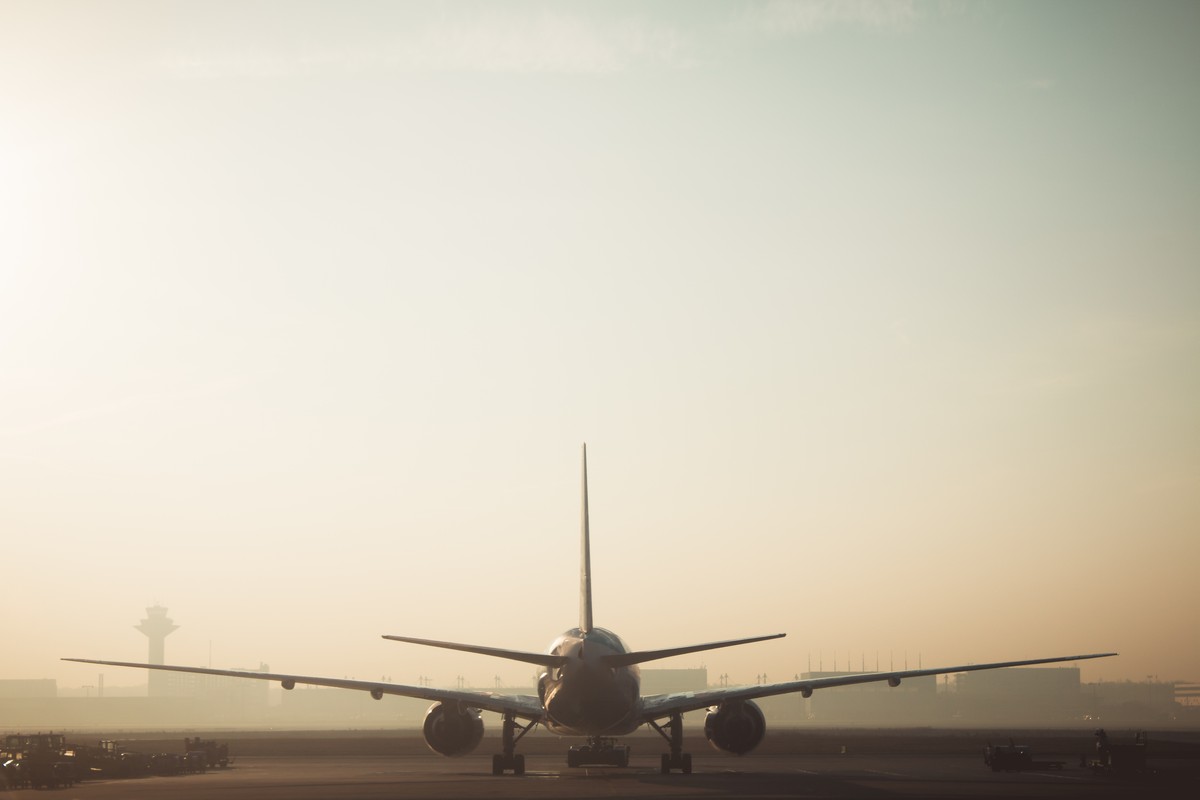Charter Operations and Fog

Charter Operations and Fog
Fog can complicate air charter operations in several ways. It can prevent you from leaving, it can prevent you from being picked up, or both. It can hang around for a long time and leave you wondering why other aircraft are departing while you are left on the ground. I’ll briefly discuss the issue and cover some circumstances where fog is likely to occur.
Fog typically occurs when winds are calm or very light and the temperature/dew point spread is close or zero. It can occur at any time of day, but is most common late in the evening through early morning hours. It is essentially cloud formation on the surface of the Earth and can wreak havoc with airline and charter operations.
Airline and charter operations have certain visibility and ceiling (height of broken or overcast clouds above the ground) standards they must adhere to. If the minimum standards are not met, the aircraft cannot land. It some cases, departure may not be possible due to fog and low ceilings at the arrival airport. This will cause a diversion to another airport, a holding pattern to be flown in anticipation of the fog burning off, or a departure delay from the point of origin.
There are several things to consider if you believe fog may affect your charter flight. If the aircraft is departing from an airport with limited or nonexistent instrument procedures, consider altering your departure point to an airfield that does. If the aircraft will be departing from an airport that isn’t very far away before it picks you up at your original point of departure, consider driving to that airfield and departing from there. It will save time and give the fog a chance to burn off as you commute.
Finally, check the weather a few days in advance and the night before. If fog is in the forecast, you can use the information and time to adjust your departure and/or arrival time to avoid the issue and enjoy an on-time flight.
